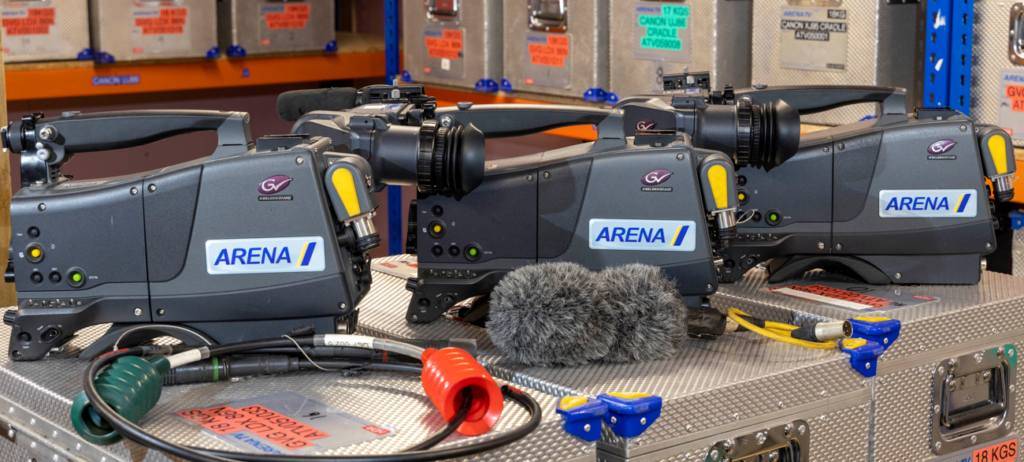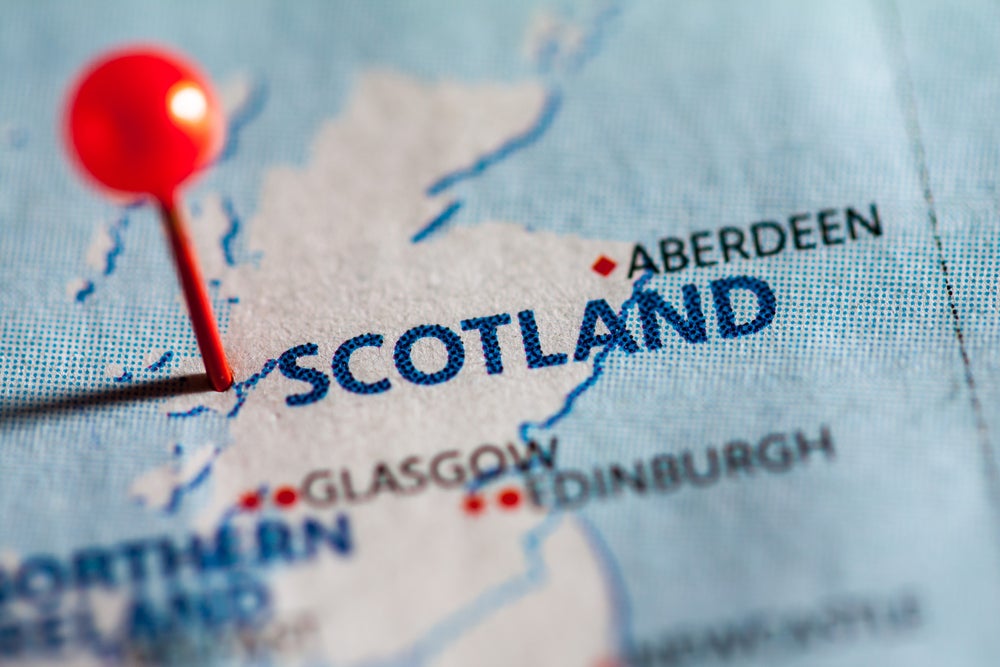
The global broadcast and live production sector – a significant user of asset financing – have been affected by supply chain delays that show few signs of abating, according to a recent report by the Professional Lighting and Sound Association (PLASA).
Entitled, Current Position and Future Recovery of the Live Events Sector, the report found that broadcasters have also had to manage a significant hike in shipping costs for equipment over the last two years.
“95% of manufacturers are experiencing component shortages with 70% of non-manufacturing companies experiencing a delay in finished goods,” the report finds.
The report reveals that availability is currently getting worse for the broadcast and live production equipment market, with some respondents citing lead times of over a year for sourcing some equipment.
The PLASA report, which surveyed 1,948 technology and service providers to the event and entertainment industries, in over 40 countries, took place from 1 November to 21 December 2021.
Financing
How well do you really know your competitors?
Access the most comprehensive Company Profiles on the market, powered by GlobalData. Save hours of research. Gain competitive edge.

Thank you!
Your download email will arrive shortly
Not ready to buy yet? Download a free sample
We are confident about the unique quality of our Company Profiles. However, we want you to make the most beneficial decision for your business, so we offer a free sample that you can download by submitting the below form
By GlobalDataEquipment shortages have led to an increase in costs with one-in-ten companies citing a 91% cost increase in micro-chips, the report says.
Many respondents reported a huge decrease in annual turnover, with 45% saying they had taken on additional debt to survive the Covid lockdowns.
Andy Dockerty, managing director for Adlib in the UK, said: “As a busy supplier to live events, the pressures have been immense. Covid and the enforced lockdown resulted in our turnover being down 80% and we had to rely on substantial CBILS [Coronavirus Business Interruption Loan Scheme] loans to honour debt amassed through no fault of our own. These loans enabled the company to stay afloat and have resulted in huge additional monthly repayments.
“Couple this with rising bills and interest rates triggered by a lack of confidence in the sector from lenders, the industry is heading for a very uncertain 12 months or so.
“We believe there is the potential for a busy 2022 from April onwards, however, there is the added factor of huge shortages within the sector resulting in many companies not being able to deliver numerous jobs or capitalise on any opportunities because of the lack of qualified personnel.
“Although we may be coming out of one crisis, amassed debt, massive staff shortages, rapidly rising overheads and interest rates, product availability and supply chain issues means we are quickly heading into a very different crisis and we will all need help.”
The report also found that 94% of manufacturers had experienced delays in components, resulting in many being forced to source new suppliers and redesign products.
Juan Jose Vila, COO of Equipson Spain, said: “The global live events industry has been hit like never before in our lifetime, with much of the supply chain left out in the cold, forced into accruing debt and calling off work.
“Much of what is involved in making live events happen is out of sight – from the engineer behind the sound desk to the factory that the technology is produced in. This survey demonstrates how impacted the global industry continues to be, so I stand with my industry colleagues around the world in calling for urgent financial support.”
Congestion
The congestion of goods at ports, a lack of materials and microchip delays have affected 68% of manufacturers in the PLASA survey, with a quarter waiting more than 24 weeks for delivery.
The report found that: “In some cases, people are resorting to sourcing items from far-away locations and then paying exorbitant shipping costs to get them to their location. The hike in component cost is a recurring theme, but add to this shipping and the net cost becomes much higher.”
The report also found that recovery is going to be at least a two-year journey. “The challenge is how can the sector mitigate for delays of over 12 weeks for broadcast equipment and prices going up in some instances by over 20%, and all of this just at the point when a positive shift in production is happening.”
Circular economy
Tim Chapman, managing director of Hickman Shearer, says, equipment providers need to look at ways to source equipment differently.
“In the current climate, well-maintained used equipment is becoming increasingly attractive. These circumstances could also prove to be the catalyst for broadcast businesses to look to reduce their reliance on finite resources and adopt the principles of the circular economy.
Hickman Shearer’s advice to the OB sector is to consider extending the life of assets through different channels and markets.
One option for putting the circular economy into action currently exists through a massive 3-day online auction at Arena Television (in administration since November 2021), which offers OB providers a chance “to purchase high-quality broadcast equipment, at a cost-effective price with immediate availability,” says Chapman, whose company, along with CA Global Partners, is behind the February 22-24 action and liquidation sale.

Asset finance plays a starring role in UK broadcasting: Presteigne Broadcast Hire
Arena Television’s absconded directors and lessors’ missing millions







